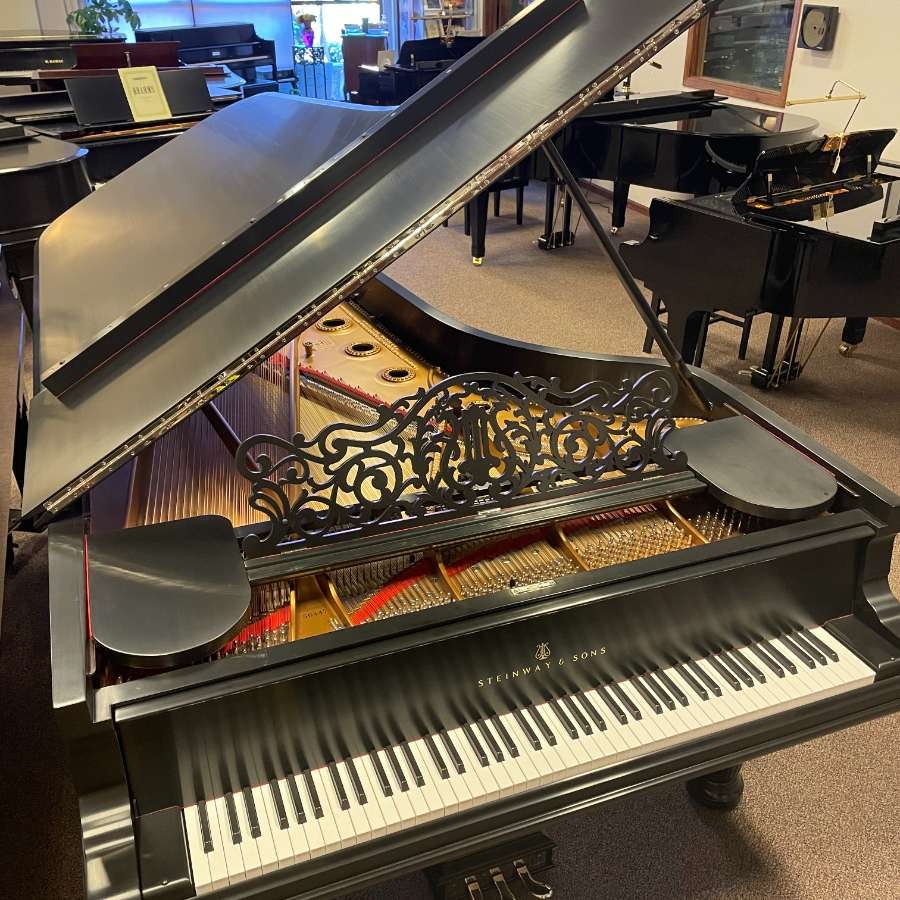1886 Steinway & Sons Model D | Salon Piano Series | Madison, WI

1886 STEINWAY & SONS MODEL D CONCERT GRAND PIANO
In 1853, Brahms composed his Sonata No. 3 in F minor, coinciding with the creation of Liszt's monumental B minor sonata and the establishment of Henry Engelhardt Steinway's piano factory in New York. Fast forward to 1886, the year that Steinway meticulously crafted this instrument, Model D #56449. Over the span of those thirty-three years, Steinway managed to produce a staggering 56,447 pianos. What's particularly noteworthy is that, from the factory's inception in 1853, the Model D remained the focal point of Steinway's constant innovation, continuously evolving to deliver more richness and power. This instrument stood as the embodiment of Steinway artistry on the concert stage.
What truly sets this instrument apart from all other grand pianos is its exceptional melodic range. It exhibits a broader spectrum of tonal colors than any piano that came before, thanks to a unique feature: each set of three strings for a given note varies in length. This added an extra layer of richness to the sonic complexion, resulting in a bel canto singing tone that is truly exceptional.
This exquisite Steinway piano has undergone a meticulous restoration process by the skilled team at Farley’s House of Pianos. Every single moving component, from key levers to action elements, has been painstakingly replaced. A new soundboard and bridges have been crafted, and the entire action has been thoroughly regulated and voiced to perfection.
In its current condition, it may even surpass the standards of perfection it held when it first left the factory, primarily because Farley’s dedicated a full eight months to its restoration, without being bound by a strict quota of completing pianos within a given timeframe. Achieving this level of craftsmanship means that Farley’s can restore only about twelve pianos each year, in stark contrast to the 5,000 pianos the factory churned out.
When you listen to music played on this piano, you're experiencing the same auditory delight that music audiences of 1886 would have relished in public concerts.
-Timothy Farley, Registered Piano Technician
